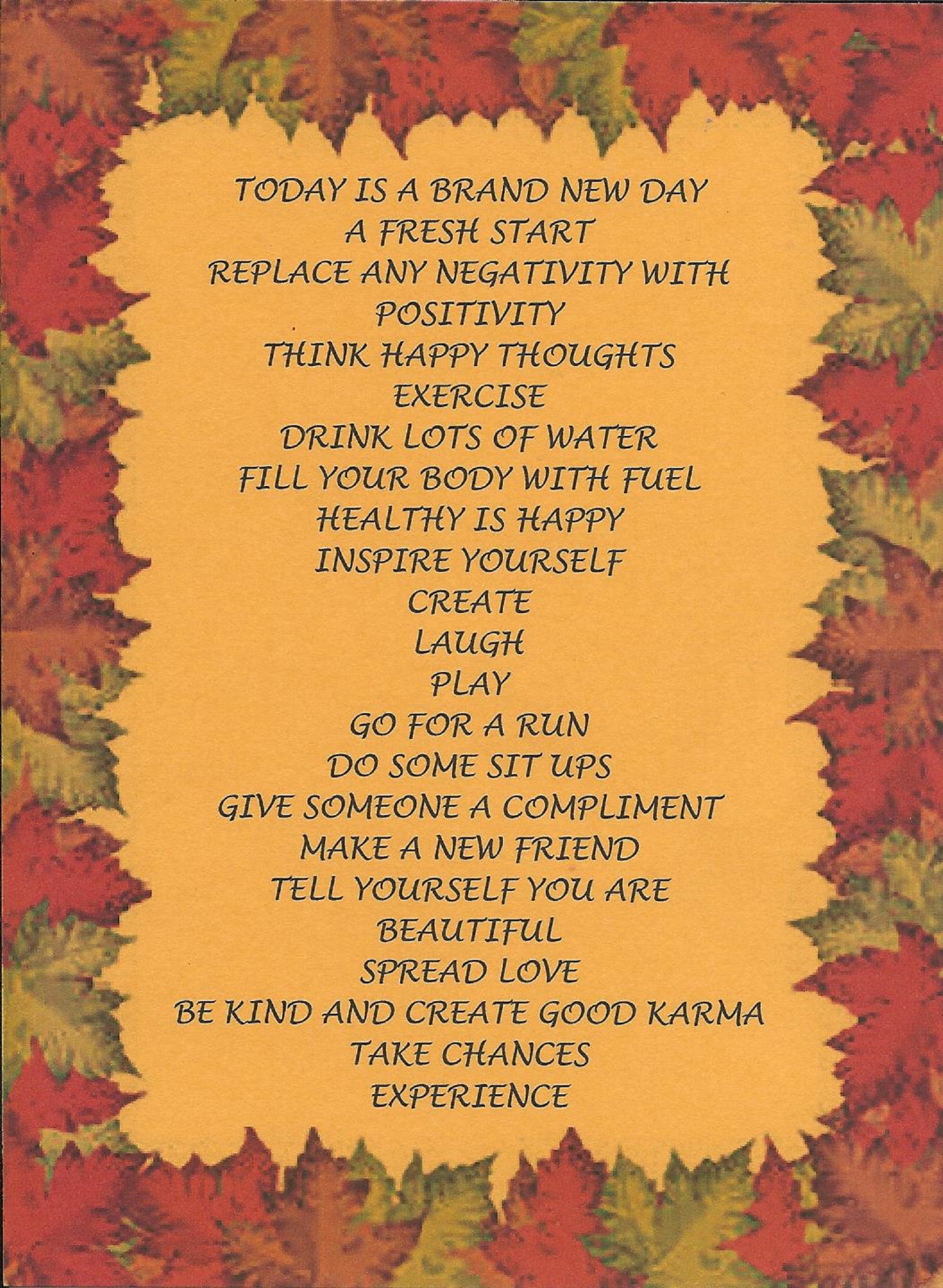We are a culture that simply needs to move more. Movement creates all sorts of healing effects in the body and creates an upward spiraling ripple effect to entice us to make other healing changes in our lives. When we move and then feel better... we naturally want to make even more changes to feel even "More Better!" (My kids used to use this grammatically incorrect more better making the term very endearing to me.)
We are told by the media, scientific sources, and all sorts of exercise specialists that we need to get our butts in gear, dramatically increase our heart rates for at least 20 minutes daily, lift weights to keep our muscles and bones strong, etc., etc., etc. I am not going to tell you to not engage in such activities if you are so inclined to do so. What I am going to tell you (if you are not one inclined towards hard core, butt hauling, sweat inducing, heart pumping, serious shit at the gym exercise...) is that simply getting up and moving your body, several times daily, has huge benefits for your whole body, and yes for your each and every beloved body cell!
As I grow older, I like to think common sense and wisdom is growing with me. I am one who has run miles daily (getting those miles in at 6 1/2 minutes or less was imperative), rode my bike for long and hard miles, lifted my body weight in all sorts of ways (bench presses, squats, lunges, etc.), and swam laps across rivers and lakes... I think you get the picture. In comes the wisdom (I am glad I did those things as I have always had too much energy that I needed to burn but my wisdom also tells me that some of it wore hard on my body parts)... all 4 of my grandparents lived to be just months shy of 89 years old. Not one of them ever did hard core, sweat inducing running, biking, weight lifting, swimming, etc. They simply worked hard in their tasks of daily living, moving their bodies constantly throughout the day to take care of farm animals, gardens, orchards, wood for winter fires, hay for winter feed, etc. Their exercise and weight lifting was part of life and survival from year to year.
Lifestyle Hints: walk away from the computers (Yup, me too) go for walks, even short ones, several times daily. Walk up the stairs to use your upstairs bathroom every time you need to go (Or do laps about the house, even outside, if you only have a down stairs bathroom). Drop and do some push-ups before peeing, drop and do some crunches or V-seats (boat pose) when you are finished on the pot. Stack wood (I have 4 more cords needing stacking if anyone is interested in assisting with some free movement, no gym membership fee required and I might even make you lunch!) Walk more, do work by hand instead of using machinery, i.e.: push that lawn mower instead of sitting on it (do push-ups and pull-ups before and after mowing), split wood by hand, hoe-rake-shovel-weed, do everything you need to by hand using those glorious muscles and save the drive, and membership fee, to the gym.
I am off now to do some muscle flexing-strengthening-balancing yoga, push-ups, and a walk in the woods with my dog. I will contemplate the wood stacking and lawn mowing!
Create some Movement Magic in your own life!































